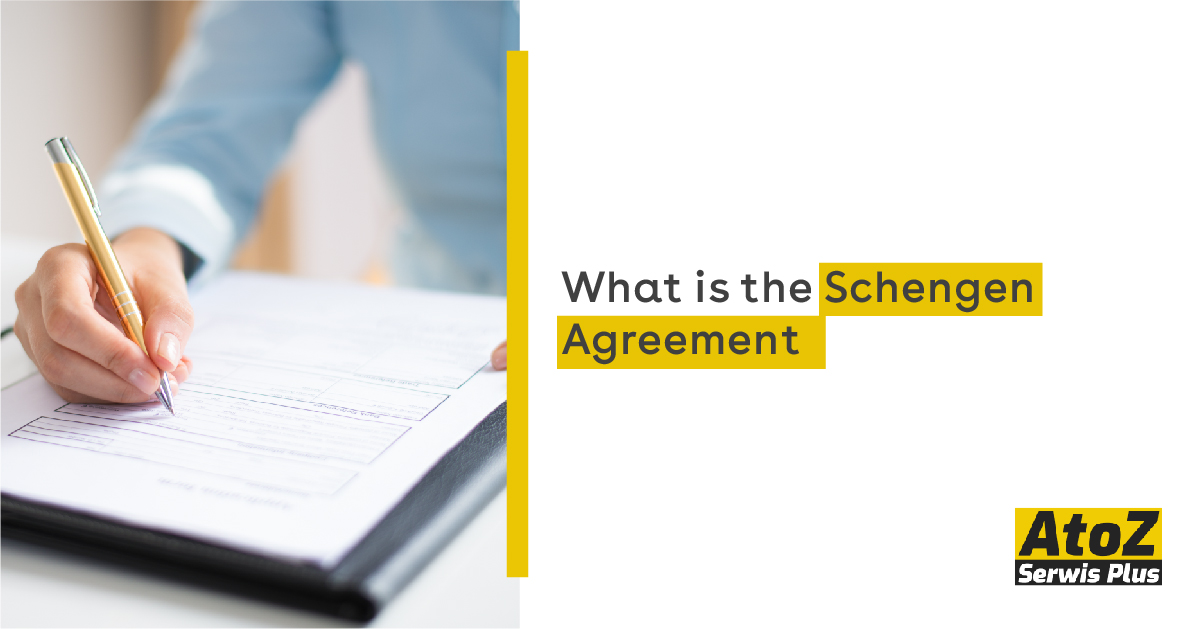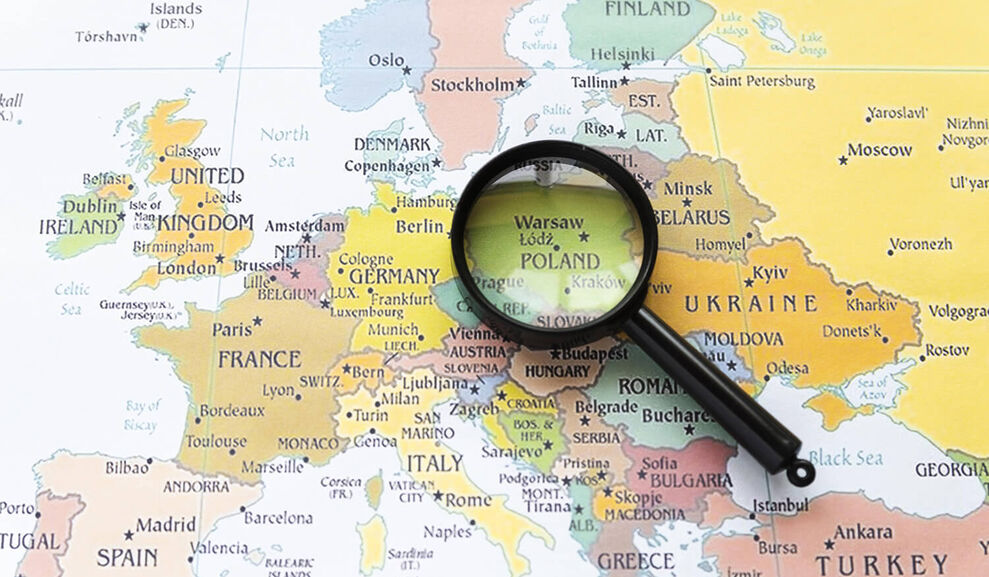

What is the Schengen Agreement?
The Schengen Agreement is a treaty between European nations which eventually led to the creation of a common travel area in which there are few internal border checks. The agreement gets its name from the town of Schengen in Luxembourg, where it was signed by representatives of five of the ten member states of the then European Economic Community (EEC). The agreement proposed measures intended to gradually abolish border checks at the signatories' common borders, including hugely reducing vehicle checks, freedom for citizens to cross borders, and the harmonization of visa policies.
In 1990, the original agreement was supplemented by the Schengen Convention which proposed the complete abolition of systematic internal border controls and a common visa policy. This led to the creation of the Schengen Area in 1995. It operates very much like a single state for international travel purposes, with external border controls imposed on travelers entering and exiting the area, but with no internal border controls.
Originally, the Schengen treaties and the rules adopted under them were officially independent from the EEC and its successor, the European Union (EU). In 1999, they were incorporated into European Union law by the Treaty of Amsterdam, which codified Schengen into EU law while providing opt-outs for Ireland and the U.K., with the latter since leaving the EU. EU member states that don’t have an opt-out which have not already joined the Schengen Area are legally obliged to do so when they meet technical requirements. Although it is linked to EU law, several non-EU countries are included in the area, having signed up to the agreement.
How many countries are part of the Schengen Agreement ?
The Schengen Area currently consists of 26 European countries, with a combined population of over 400 million people and an area of 4,312,099 square kilometers (1,664,911 square miles) - stretching from Estonia, Latvia, and Finland’s border with Russia in the east, to the Portuguese coast in the west.
Which countries are part of the Schengen Agreement ?
The countries that are part of the Schengen Area are :
|
Austria Austria visa |
Belgium Belgium visa |
Czech Republic Czech Republic visa |
Denmark Denmark visa |
|
Estonia Estonia visa |
Finland Finland visa |
France France visa |
Germany Germany visa |
|
Greece Greece visa |
Hungary Hungary visa |
Iceland Iceland visa |
Italy Italy Visa |
|
Latvia Latvia visa |
Liechtenstein Liechtenstein visa |
Lithuania Lithuania visa |
Luxembourg Luxembourg visa |
|
Malta Malta visa |
Netherlands Netherlands visa |
Norway Norway visa |
Poland Poland visa |
|
Portugal Portugal visa |
Slovakia Slovakia visa |
Slovenia Slovenia visa |
Spain Spain Visa |
|
Sweden Sweden visa |
Switzerland Switzerland visa |
How come Switzerland is part of the Schengen Agreement ?
Although not a part of the EU, Switzerland’s position at the heart of Europe means it has strong economic and social ties to many Schengen states, and, along with Iceland, Norway and Liechtenstein (other non-EU states within the Schengen Area), is a part of the European Free Trade Association (EFTA). Switzerland became part of the Schengen Area after it signed the agreement on 26 October 2004 and started its implementation on 12 December 2008.
What European countries are not part of the Schengen Agreement ?
In addition to the U.K. and Ireland, notable EU or former EU states that did not join the Schengen Area are Bulgaria, Croatia, Cyprus, and Romania. These countries are legally obliged to join at a point when technical requirements are met. Countries traditionally thought of as in Europe but outside the EU and Schengen Area include: Albania, Andorra, Armenia, Belarus, Bosnia & Herzegovina, Georgia, Kosovo, North Macedonia, Moldova, Montenegro, Russia, Serbia, and Ukraine.
What is the Schengen Area’s common visa policy ?
The Schengen Area’s common visa policy is set by the European Union and applies to the Schengen Area. It allows nationals of certain countries to enter the Schengen Area via air, land or sea without a visa for stays of up to 90 days within a 180-day period, while determining the criteria others must meet when making similar visits to Schengen states.
Nationals of EU countries are not only visa-exempt but are legally entitled to enter and reside within each other's borders without a visa. This freedom of movement can, however, be limited in rare cases, as stipulated by EU treaties.
What are the visa requirements when traveling to the Schengen Area ?
When applying for a visa to Europe you will have to submit some required documents as part of the Schengen Visa application process.
The following documents are required for a Schengen Visa application :
- a fully completed and signed visa application form,
- two recently taken passport photographs,
- a valid passport with more than three months left until it expires,
- and older passports with past visas on them, if you possess them,
- an itinerary of your trip - including dates, flight numbers, and hotel reservations or proof of accommodation.
You will also need to submit proof you have paid a visa application fee of €80 and prove that you have travel and medical insurance covering you for medical costs up to €30,000. You will also need to attend an interview at a consulate, embassy, or visa application center.
How can AXA help those traveling to the Schengen agreement countries?
AXA can help you during your trip to the Schengen Area by providing you with Low Cost Schengen Area travel insurance that meets the visa requirements from as little as €0.99 per day - a fee that will cover you for medical expenses up to €30,000 in all Schengen countries. A certificate proving you are insured will be available immediately, meaning you can get on with your application.
As the number one brand for Schengen Visa insurance, AXA offers assistance 24/7, as well as other options and tailor-made products. Other coverage available includes our Europe Travel insurance, costing €1.50 per day, or Schengen Multi Trip insurance, perfect for regular travelers, available for €298 for a year’s coverage.





